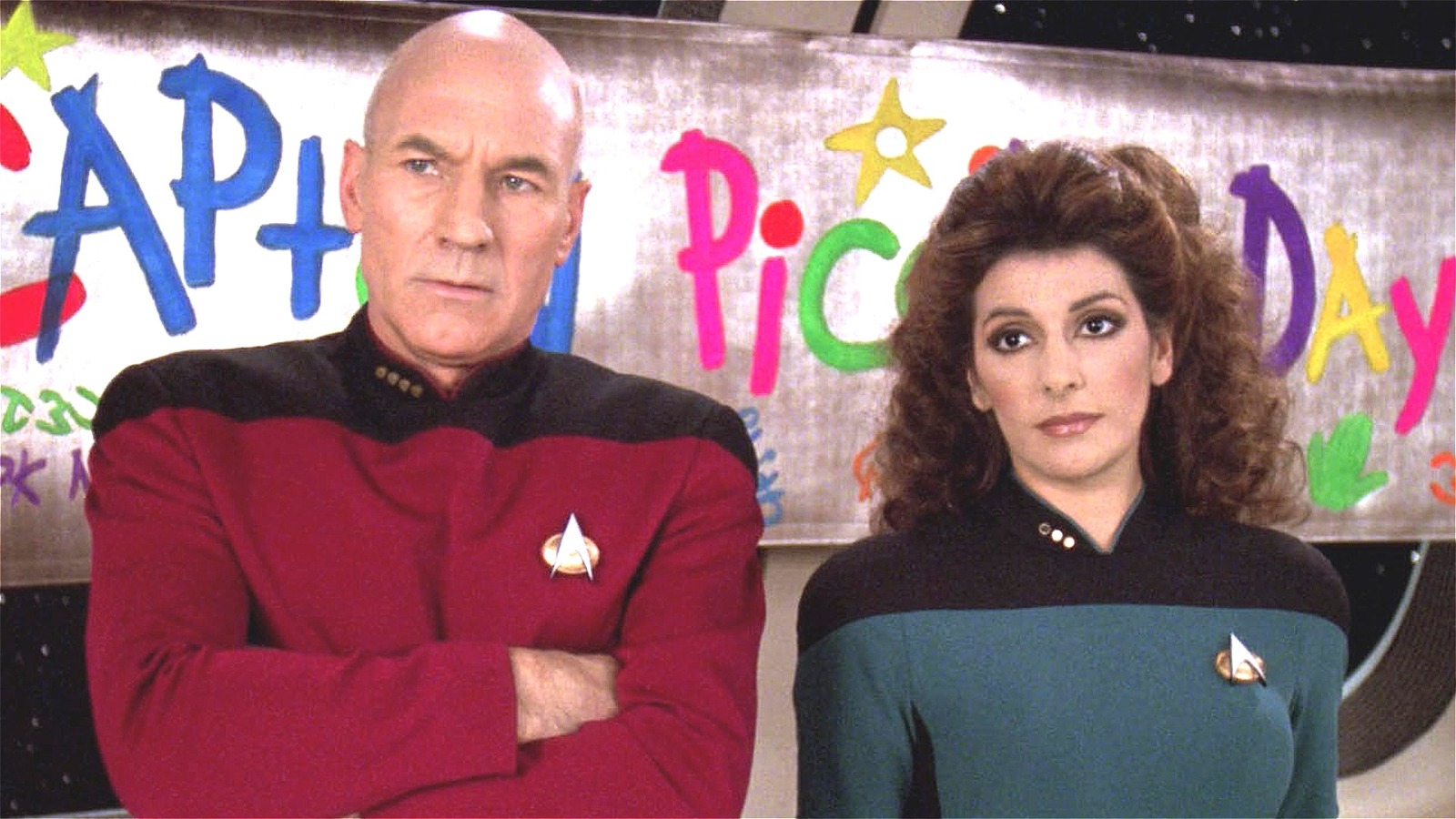
In response to the “Star Trek” author’s information, the Starfleet calendar system was invented to deemphasize the in-universe date. Because the information places it, “We invented ‘Stardate’ to keep away from frequently mentioning Star Trek’s century (really, about 200 years from now), and stepping into arguments about whether or not this or that may have developed by then.”
Talking on the 1988 documentary “Inside Star Trek: The Actual Story,” de Forest emphasised that this nearly wasn’t the case because the authentic script contained dates from the Gregorian calendar. Upon reviewing the script, de Forest felt this did not really feel proper for the long run spacefaring society. As an answer, he pitched the Julian-inspired idea, which the tech advisor felt had a futuristic vibe because of its use of decimals.
Whereas “Star Trek” creator Gene Roddenberry preferred the idea as a jumping-off level, his model was all the time meant to be a bit esoteric, as Samuel A. Peeples, who wrote the second pilot for “Star Trek: The Unique Sequence,” recounted in “Gene Roddenberry: The Fable and Man Behind Star Trek.” In response to Peeples, “We tried to arrange a system that may be unidentifiable until you knew how we did it.” Conceptualizing the revised stardate system over drinks, Roddenberry and Peeples took into consideration the weirdness of area and relative time, in the end concluding that any date-related continuity errors in “Star Trek” could possibly be chalked as much as these points. Or because the “Star Trek” author’s information put it, “Stardates are a mathematical method which varies relying on location within the galaxy, velocity of journey, and different components, can range extensively from episode to episode.” In different phrases, do not assume too laborious about it.


